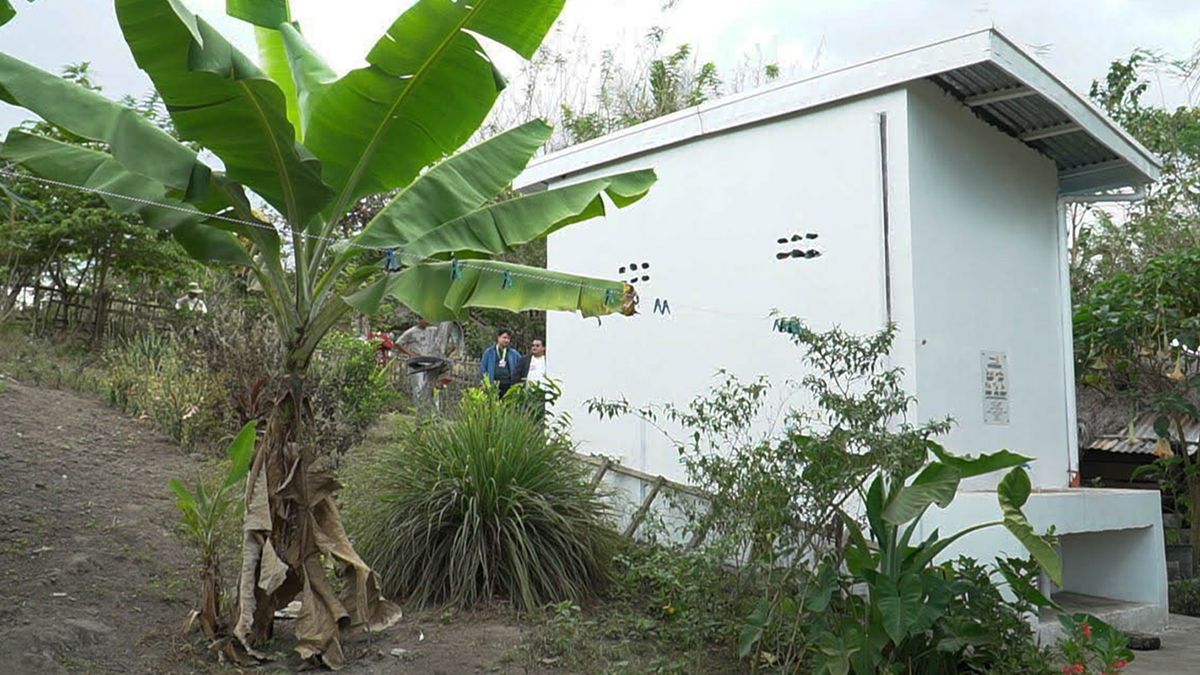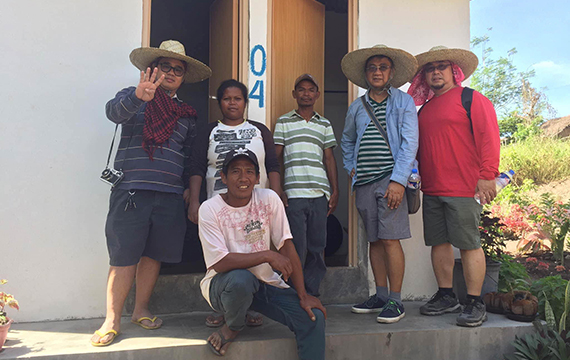
By Florencio Naguit, Rotary Club of Intramuros-Manila, Philippines
In 2017, my club began our first global grant project, an effort to provide 28 toilets to three communities of indigenous people called Aeta in the mountains of central Luzon. Two of these communities were in an isolated area a five-hour drive from Manila (including two by 4×4 jeep over rough terrain) while the third is in a closer, more urban area. They have not toilets in their homes (like more than 9 million households in my country) and either rely on pit latrines of defecate in the open. This leaves them open to diseases like diarrhea and cholera.
The project was hard and time consuming, from completing the necessary survey and assessment process to delivering building materials up the mountains and across 26 rivers. We had the help of our international partner, the Rotary Club of Batemans Bay, Australia, who we have been working with on projects for more than two decades. In 2020, we celebrated a dedication ceremony handing the twin toilet blocks over to the villagers. And along the way, we learned the following lessons on what it takes to complete a sustainable WASH project.
Do your research
Read, research, and study. If you want your grant application approved by The Rotary Foundation, you will need to know the requirements for your type of project and the procedures you need to follow. Sign in to My Rotary (create a profile if you don’t have one) and check out the many resources available in the Grant Center. Knowing the requirements for your type of project will greatly increase your chances of having your grant approved and improve your ability to create lasting change.
Be persistent. If at first you don’t succeed…
Don’t be discouraged if your first application gets denied. I’ve seen many clubs quit their initiative when an application wasn’t approved. Before our project, I tediously researched the communities and collected as many facts and figures I could. I checked and rechecked the supporting documents. Still, my request was denied.
But I had pledged to our beneficiaries, and I was not going to let down because I didn’t submit a proper application. With resolve, I set about to put my application in order. I did more research, secured the data the regional grant officer had asked for, and sought to justify my account and details. I revisited the project site, worked with the local community for answers, and turned to our partners for advice and assistance. When I was finally ready, I resubmitted my application and it was accepted.
Involve the local community from the start
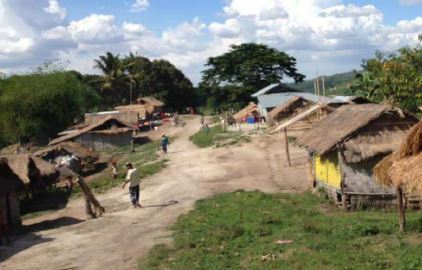
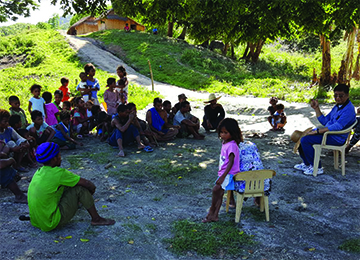
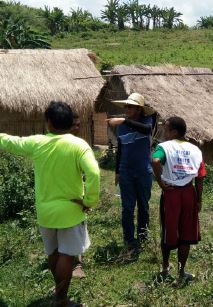
When a local community feels ownership of a project, its chances of success increase dramatically. Crafting a realistic, feasible, and attainable sustainability plan requires the stakeholders’ involvement with specified roles and responsibilities. Before you put together your training modules, you will need to know that the community is willing to participate and embark upon the slow, gradual road to behavior change. They will need to embrace and carry out whatever arrangements you make for local management and financing of the facilities. These aspects need to be embedded at the beginning, not the end. Our donors want to know that their money is supporting sanitation and hygiene education that turns into lasting behavior change; that water and toilet facilities survive the long run.
Establish partnerships and rely on them
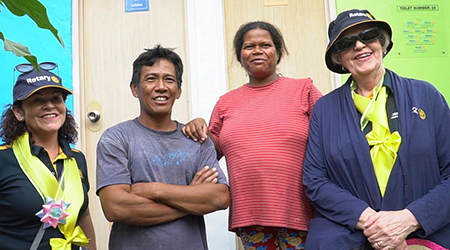
We have worked with the Batemans Bay Rotary Club since the early 2000s, and have built trust and understanding. I am certain they are as willing and committed as I am.
It is important to nurture a successful partnership between the host and international sponsors. Understanding differences in language, culture, and local practices brings about an effective alliance. When both partners conduct themselves in a business-like manner, the relationship is strengthened with elements like cooperation, promptness in delivering concrete and precise information, courteous exchanges, and accuracy and honesty in financial statements.
Keep good documentation
Proper documentation makes it easy to complete your final report to the Foundation, but also assures your project is on the path to sustainability. If you document your progress with written records, images, and videos, you will have the answers to those important who, what, and when questions. It will also make it easier to promote and publish your project. Well-organized and thorough documentation becomes the foundation for future WASH projects.
https://blog.rotary.org/2021/03/18/what-it-takes-to-have-a-sustainable-wash-project/

